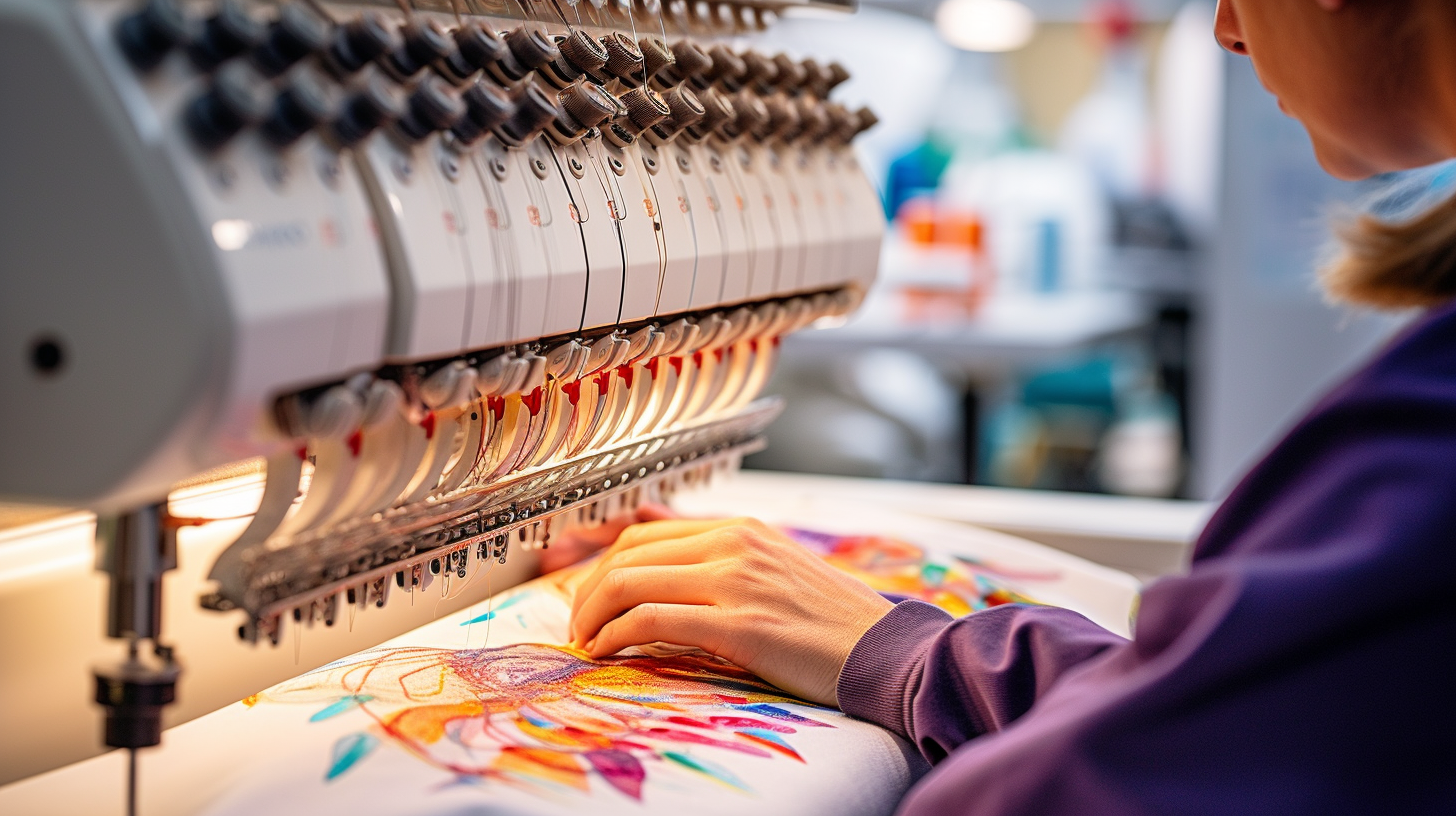Comprehensive Digitizing for Embroidery: From Design to Stitch
Comprehensive Digitizing for Embroidery: From Design to Stitch
Blog Article
Discover Different Kinds of Embroidery Digitizing Techniques
Embroidery digitizing has evolved dramatically over the years, using a myriad of strategies to bring layouts to life in the electronic realm. The realm prolongs to a lot more sophisticated methods like photorealistic embroidery digitizing and the remarkable world of 3D needlework digitizing.
Standard Hand Needlework Digitizing
Typical hand needlework digitizing involves the process of converting complex hand-stitched layouts right into digital styles for device embroidery. This method needs skilled artisans to thoroughly assess the handmade style and then make use of specialized software to recreate it in an electronic layout. Each stitch, shade, and information needs to be thoroughly equated to make sure that the essence of the initial hand embroidery is preserved in the digital version.
Among the essential challenges of typical hand embroidery digitizing is capturing the details and nuances of the handmade design. Digitizing for Embroidery. Craftsmens must possess a deep understanding of various embroidery techniques, such as satin stitch, chain stitch, and French knots, to accurately duplicate these methods in the digital realm. Furthermore, they require to have a keen eye for detail to guarantee that the digital layout maintains the exact same level of virtuosity and workmanship as the original hand-stitched item
Punching Method
To perfectly shift from conventional hand needlework digitizing to the punching technique, artisans need to currently focus on transforming the complex digital layouts into guidelines that needlework machines can analyze. The punching method entails making use of specialized software application to develop digital documents that consist of commands for the embroidery machine to follow. This process calls for a deep understanding of not just the layout itself yet likewise the abilities and limitations of the embroidery maker.

Auto-Digitizing Software Programs
Needlework digitizing has been transformed by the advent of auto-digitizing software programs, offering craftsmens with sophisticated devices to transform digital designs into embroidery equipment guidelines effectively. Auto-digitizing software application programs use algorithms to analyze digital pictures or vector files and generate needlework styles instantly. These programs permit for fast and exact conversion of elaborate layouts into stitch patterns, saving effort and time for embroiderers.
Among the vital advantages of auto-digitizing software program is its straightforward interface, making it obtainable to both newbies and experienced digitizers. These programs commonly include functions such as stitch modifying tools, string shade matching, and the ability to preview the last embroidered style. Furthermore, auto-digitizing software application can take care of intricate styles with numerous colors and intricate information, creating top quality embroidery documents suitable for different garments and textile projects.
While auto-digitizing software program supplies ease and efficiency, it is essential for customers to recognize the constraints of automated digitizing. Fine-tuning and manual adjustments might still be needed to achieve the preferred embroidery high quality, particularly when managing detailed or unique layouts. By leveraging the capacities of auto-digitizing software application alongside manual digitizing techniques, artisans can enhance their needlework digitizing process and produce sensational embroidered items.
Photorealistic Embroidery Digitizing
Utilizing innovative digital imaging methods, accomplishing photorealistic lead to needlework digitizing has actually become a popular skill among modern-day artisans. This strategy entails converting high-resolution images into elaborate stitch patterns that carefully resemble the initial style, resulting in needlework pieces that exhibit natural information and deepness.
To attain photorealistic needlework digitizing, craftsmens need to have a keen eye for information and a detailed understanding of just how various stitch types and thickness can impact the last result. By meticulously drawing up each shade and shade in read here the picture, embroiderers can create a digital documents that overviews the embroidery device to reproduce the subtleties of the initial image properly.
Photorealistic embroidery digitizing is particularly prominent in creating personalized styles for apparel, home decoration, and art pieces where catching the significance of a photo or artwork is essential. This strategy allows craftsmens to transform memories, landscapes, portraits, and complex artwork into sensational embroidered work of arts that display a mix of traditional workmanship and sophisticated innovation.
3D Needlework Digitizing
With the advancement of electronic imaging strategies in achieving photorealistic lead to needlework digitizing, the exploration of 'D Needlework Digitizing' uses a new dimension to the ins and outs of layout duplication. 'D Embroidery Digitizing' refers to the three-dimensional digitizing strategy that adds deepness and structure to needlework designs, developing a much more realistic and aesthetically enticing final product. This technique uses software application that mimics the result of light and darkness on the embroidery layout, boosting its overall aesthetic influence.
One of the crucial benefits of 'D Needlework Digitizing' is its capability to make layouts look more lifelike and dynamic. By including depth to the needlework design, the last item appears much more practical and fascinating (Digitizing for Embroidery). In addition, this technique permits more creative liberty in design implementation, making it possible for embroiderers to explore different appearances and effects that were previously challenging to her comment is here accomplish
Verdict

Report this page